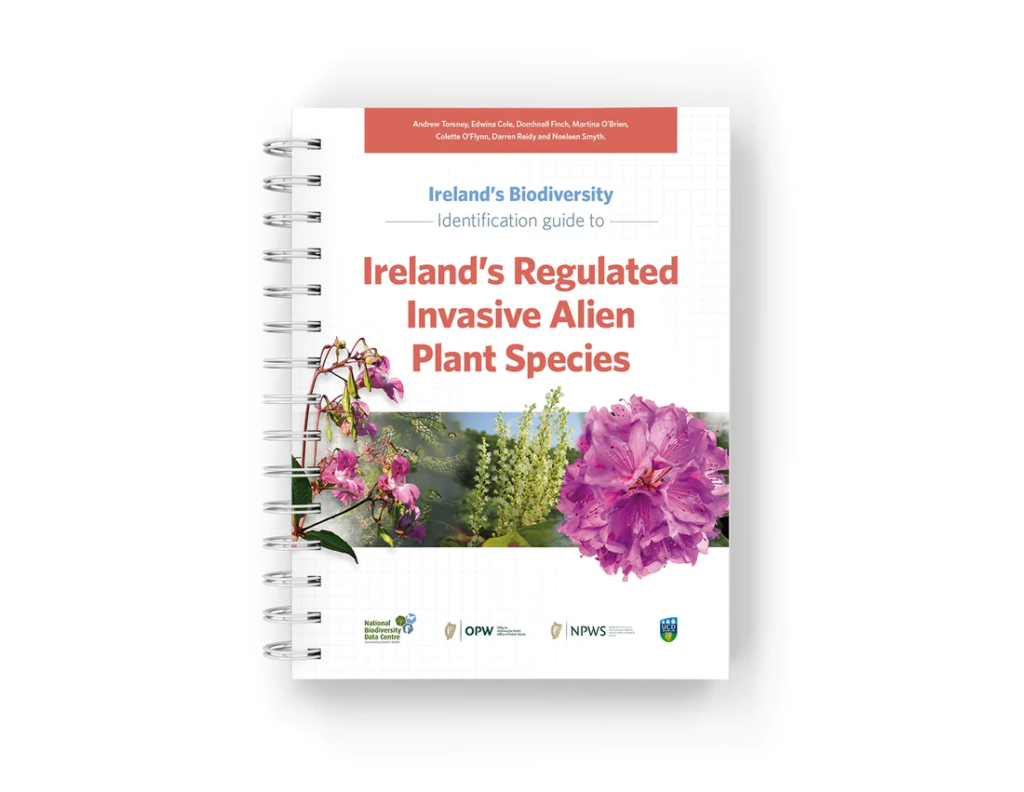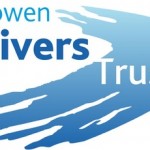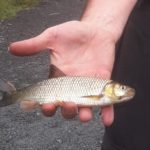Firstly, a huge congratulations to Inishowen Rivers Trust - the…
Identification guide to Ireland’s Regulated Invasive Alien Plant Species
The National Biodiversity Data Centre has released an identification guide to Ireland’s Regulated Invasive Alien Plant Species. It is a field-friendly 185 page ring bound guide.
A number of legal instruments regulate invasive alien species on the island of Ireland and these are species which are required to be controlled to prevent further spread.
This guide presents a species account for each of those regulated plant species with photos, identification features, seasonal variation, regulation and impact level listing, mechanisms of reproduction, dispersal and spread – plus much more. For some species there is also a separate table for the key differences between similar or confusion species.
This guide suitable for use in Ireland and Northern Ireland.
Learn more:








